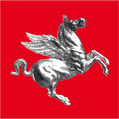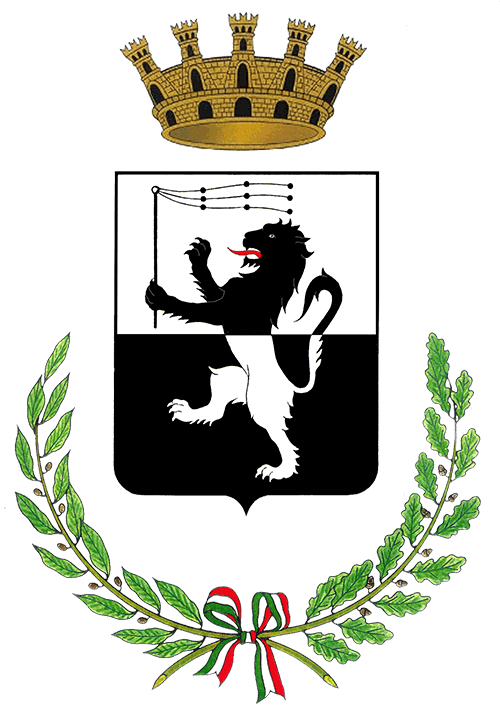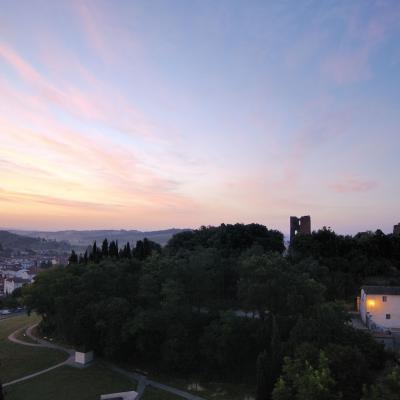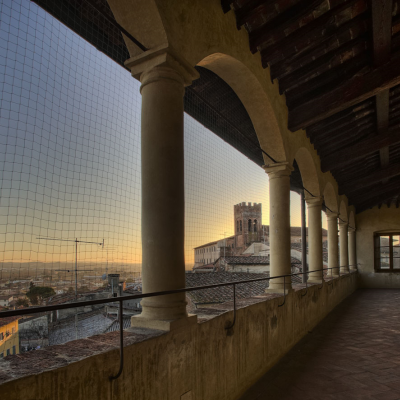
Paintings, silverware and sacred art objects
Ordered in the main floor of the palace, the section collects pictorial works and sacred art objects from the churches of the center and the territory, in particular the Abbey church of St. Salvatore (Chiesa di San Salvatore) and the Collegiate Church of St. John the Baptist (Collegiata di San Giovanni Battista), where Works from churches and religious congregations suppressed in the Leopoldina age, dated between the 13th and 18th centuries, also flowed.
Among the oldest paintings stands out, for example, the "Madonna in Glory with Saints", once inside the Collegiate, the work of an artist recently identified with Giovanni di Ser Giovanni called the Splinter, brother of the famous Masaccio, excellent example of a minor master of the Renaissance, and the "Madonna with Child" by Zanobi Machiavelli, a Florentine painter linked to Filippo Lippi.
In the main hall, the works of Giovanni Larciani or Larciano, once known as Master of the Kress landscapes, are worthy of accommodation. His "Nativity and Saints", topped by a bezel or lunette representing the Trinity among the Evangelists.
In addition to the silverware, among which are to be highlighted the relic of the 15th century crystal rock cross, a chalice from the same era and a rare aquamanile with a brass refreshment of the sixteenth century, the collection of sacred wallpapers stands out in variety and wealth, allowing an interesting digression on styles and techniques of textile manufactures in the 17th and 18th centuries. Italian manufactured fabrics of are of great interest, especially those from Venice.
At the end of the exhibition, the original core of the museum is added to the collection of works that the Fucecchian artist Arturo Checchi, productive from the first decade of the twentieth century until the sixties, left his collection to his native town in his last will and testament.







